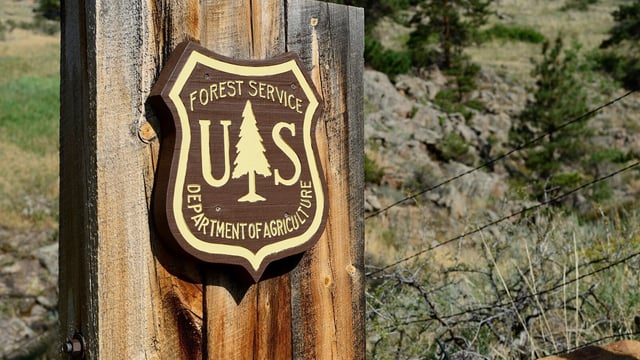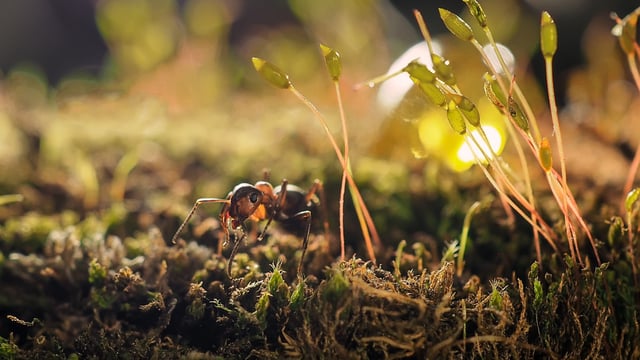Overview
- Originally native to China, Japan and Korea, these invasive ants have now been recorded from the Southeast and Northeast to Texas, Wisconsin and Washington, marking their widest U.S. spread.
- The ants deliver a sharp, needle-like sting that can cause intense pain and trigger severe allergic reactions, including life-threatening anaphylaxis in some individuals.
- By outcompeting native ant species that disperse plant seeds, Asian needle ants threaten forest regeneration and understory biodiversity.
- Identification is difficult because colonies nest under logs, mulch, stones and landscape timbers without visible foraging trails, requiring expert analysis to confirm.
- Experts recommend wearing protective gloves, clearing wood debris and hiring professional pest control for targeted baiting, especially as milder winters may enable the ants to expand further north.



